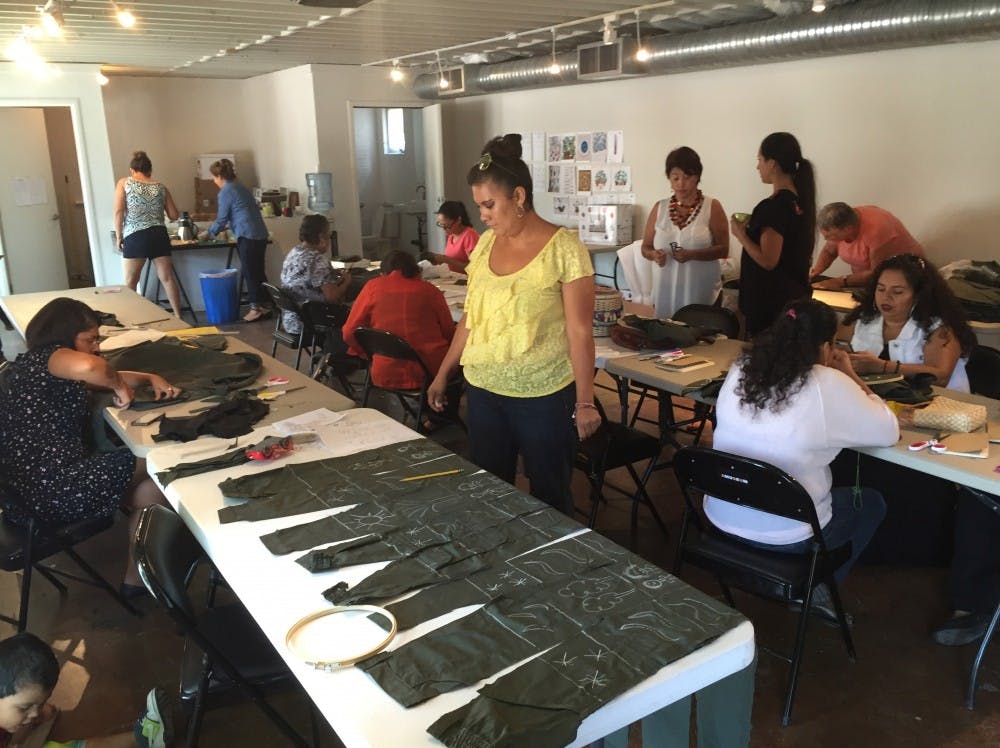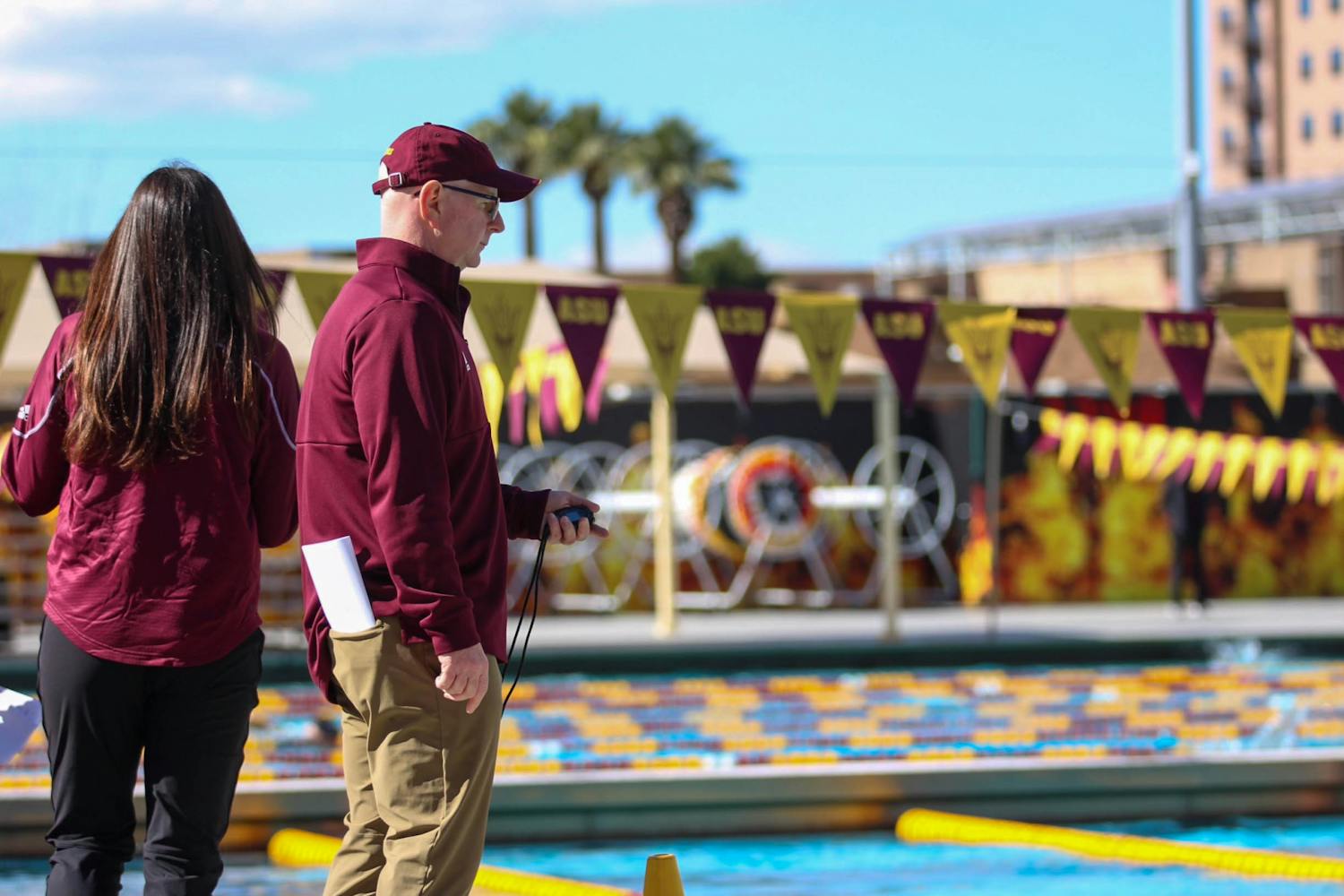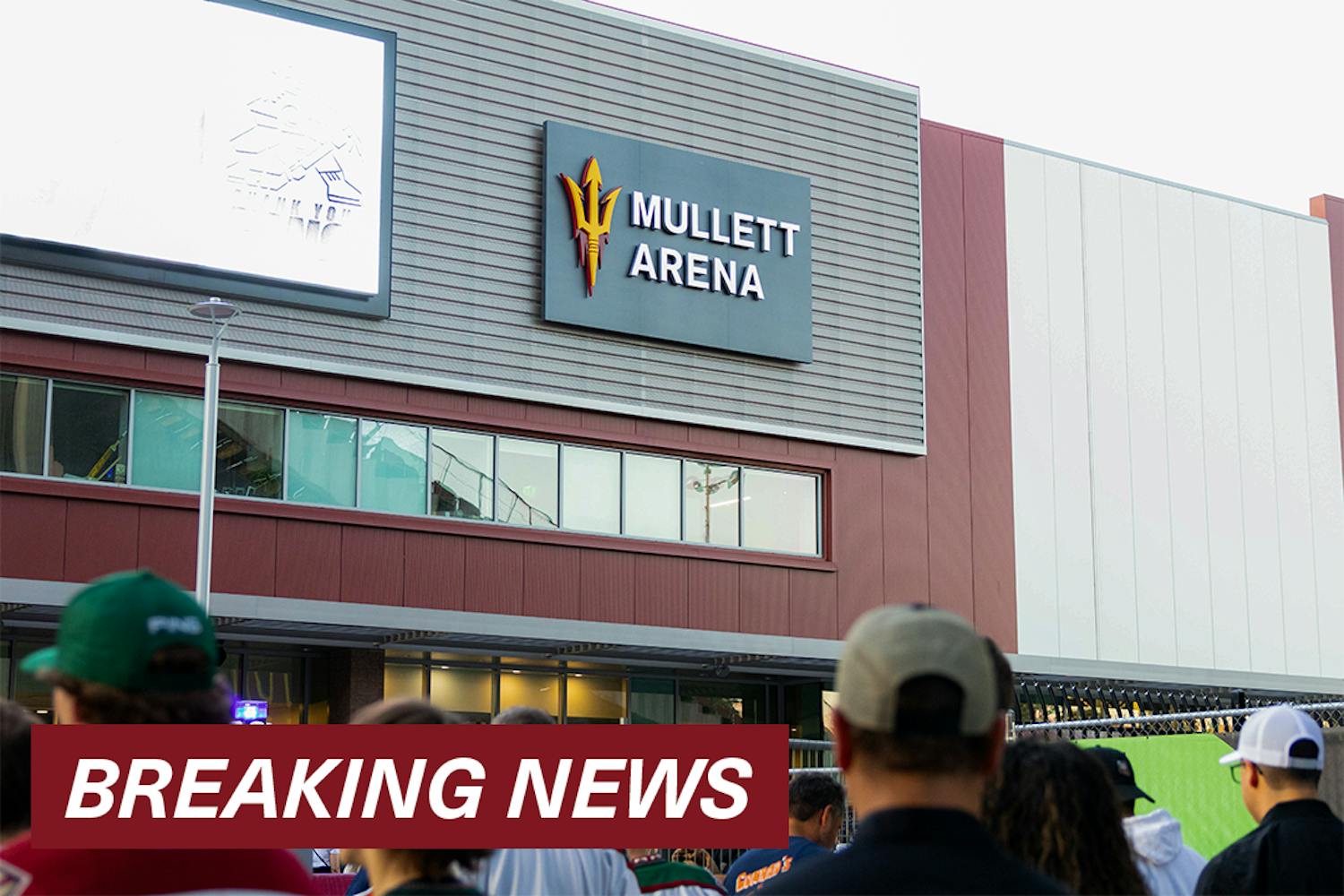Latinx family members and youth were invited to workshops in September and asked to embroider recycled U.S. Border Patrol uniforms to create soft sculptures of desert cacti to share their stories of survival as immigrants.
Their artwork will be at the center of a new exhibit opening Oct. 7 at the Desert Botanical Garden in Phoenix, and it will be part of a national traveling exhibit in 2017.
“Space in Between” is a collaboration between the artist Margarita Cabrera, the ASU Art Museum and the Desert Botanical Garden that promotes a dialogue of immigration and cultural identity while putting an emphasis on community.
“It’s an opportunity for people to have a different way of thinking about our immigration process through creativity,” Cabrera said of the collaborative project.
Cabrera first showcased this project six years ago in Houston, and it is a continuation of her ongoing work with Latino/a communities. She has also joined ASU’s faculty as an assistant professor in classes related to working with fibers.
The title “Space in Between” is inspired by the Nahuatl Aztec term “nepantla” which references the “space in the middle” and “marginalized cultures and resistance strategies of survival,” according to Cabrera’s website.
MARGARITA CABRERA - SPACE IN BETWEEN from Rowan Burkam on Vimeo.
Cabrera explained that the exhibit addresses a timely issue.
“We are taking border patrol uniforms, which are an element that represent fear, and transforming them into an element that represents life and growth,” Cabrera said. “They also signify security and protection, and I hope to change the negative narrative into one that is positive and accepting.”
Julio Morales, a curator at the ASU Art Museum, said that he hopes the stories attract a diverse audience to the Garden.
“I am just hoping that people take away different stories of how the United States is really built on a diverse migration that happened 200 years ago,” Morales said.
For friends Sara Ventura and Sol Espinosa, who migrated to the U.S. 25 and 34 years ago respectively, the project interested them because they would be able to tell their stories of how they came here.
Ventura spoke about her passion for the project at a workshop held at The Project Space at Combine Studios located in downtown Phoenix.
“I hope a lot of people react to the stories of immigration, because we didn’t just come here to come,” she said. “We came for better jobs and for a better future and we need less discrimination.”
Espinosa shared the progress on the prickly pear cactus sculpture she was creating, detailing what every paddle meant.
On the first paddle of the sculpture, Espinosa embroidered herself and her husband next to a gigantic tree in Mexico. She said her husband loved the tree in their yard, and she had to pry him away from it when it was time for them to travel.
Espinosa explained that she and her husband had to leave their children in Mexico for 20 years before they could finally reunited in the U.S.
The U.S. immigration process places a burden on Latino families that most Americans do not understand, Ventura said.
“They don’t know that we have the worst processes to come here,” Ventura said. “A lot of people die when they come or lose families. It is very sad.”
Ventura said she came to the U.S. with two children and later gave birth to three more while in the states.
“I love this country because my kids were born here,” Ventura said. “I feel happy that they were born here, and that they love the United States.”
“Space in Between” will be on display at the Desert Botanical Garden starting Oct. 7 and running until Feb. 12.
Reach the reporter at barregui@asu.edu or follow @bmalloymedia on Twitter.
Like The State Press on Facebook and follow @statepress on Twitter.




